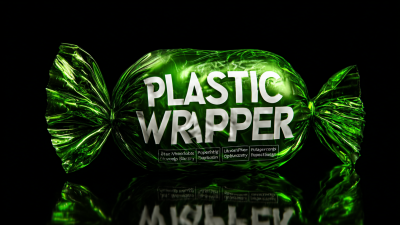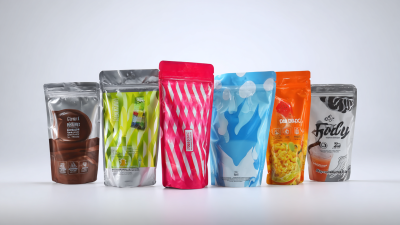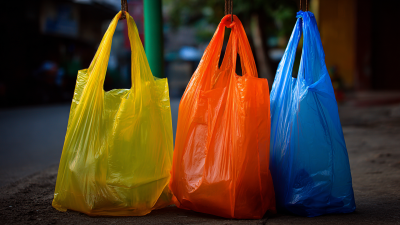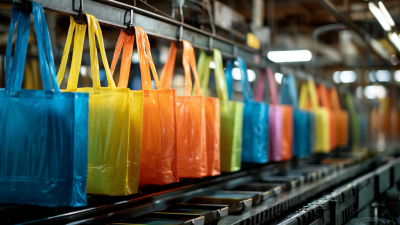- Phone:+86 15218629499
- Phone: +86 15766990063
- E-mail: Yzprinting01@163.com
In today's packaging industry, the significance of selecting the appropriate plastic wrapper cannot be overstated. With global demand for flexible packaging projected to reach $300 billion by 2025, the choice of plastic wrappers has become a critical decision for manufacturers across various sectors. Plastic wrappers not only enhance the shelf life of products, as studies indicate that they can reduce spoilage by up to 60%, but also play a pivotal role in branding and consumer appeal. The versatility and adaptability of plastic materials allow businesses to tailor their packaging solutions to meet specific needs, whether it's for food, pharmaceuticals, or consumer goods.

In light of these trends, understanding the different types of plastic wrappers available — and their respective advantages and limitations — is essential for optimizing packaging strategies that align with both operational efficiency and sustainability goals.
When it comes to packaging, choosing the right type of plastic wrap can significantly impact both the product's preservation and the overall presentation. There are several types of plastic wraps available, each designed for specific purposes. Polyethylene wraps are among the most common; they are lightweight, flexible, and excellent for food packaging due to their moisture-resistant properties. These wraps are often used in both commercial and household settings, providing a reliable barrier against contaminants.
On the other hand, polyvinyl chloride (PVC) wraps offer superior cling and stretchability, making them a popular choice for wrapping items securely. They are particularly effective in food service environments, where freshness is paramount. Another option, biodegradable wraps, is gaining traction due to increasing environmental awareness. Made from renewable resources, these wraps offer a sustainable alternative without sacrificing performance. Understanding the unique characteristics and applications of these different plastic wraps will help you make an informed decision that aligns with your packaging needs.
When selecting plastic wrapping materials for packaging needs, several key factors must be considered to ensure optimal performance and sustainability. Firstly, understanding the type of product being packaged is crucial; different materials offer varying levels of protection, moisture resistance, and durability. For example, food products often require plastic wraps that adhere well to surfaces while providing a barrier against contaminants. Additionally, the thickness and flexibility of the plastic can significantly influence its effectiveness based on the characteristics of the item being wrapped.
**Tips:** When evaluating plastic wrappers, consider the environmental impact of your choices. Opt for recyclable or biodegradable options whenever feasible. This not only helps in reducing plastic waste but also aligns with the growing consumer demand for sustainable packaging solutions. Moreover, checking the supplier's carbon reduction efforts can be an essential aspect of your selection process, contributing to a more sustainable supply chain.
Another crucial factor is the economic viability of the wrapping materials. Prices can fluctuate based on market demand and raw material costs, so it's essential to evaluate both the short-term and long-term financial implications of your choices. Keep in mind that investing in high-quality plastic wraps may lead to better preservation of products and reduced waste, ultimately reflecting positively on your bottom line.
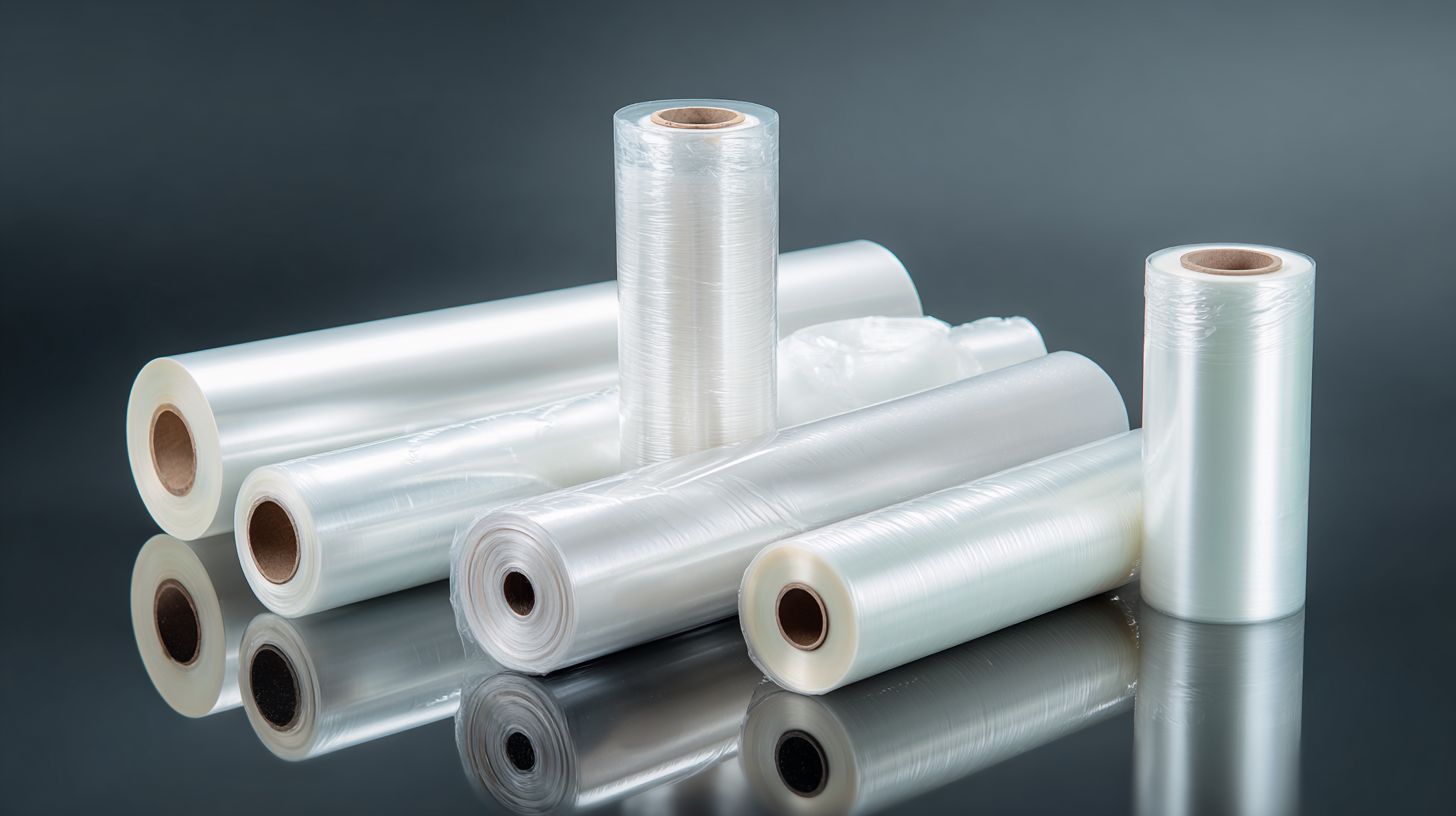
As sustainability becomes a paramount concern in packaging, the shift from traditional plastic wraps to biodegradable alternatives is gaining momentum. Traditional plastic wraps, primarily made from polyethylene, contribute to significant environmental issues, as they can take hundreds of years to decompose. According to a report by the Environmental Protection Agency, around 30 million tons of plastic waste enter landfills each year, emphasizing the urgent need for eco-friendly solutions.
Conversely, biodegradable wraps are designed to break down more quickly when exposed to environmental factors, making them a more sustainable choice. A study published in the Journal of Cleaner Production revealed that biodegradable plastics can decompose within 90 to 180 days under industrial composting conditions, significantly reducing their environmental footprint. Moreover, businesses adopting biodegradable wraps not only enhance their sustainability profiles but also cater to the growing consumer demand for environmentally responsible products. This shift could potentially reshape the packaging industry, leading to a reduction in plastic waste and a more sustainable future.
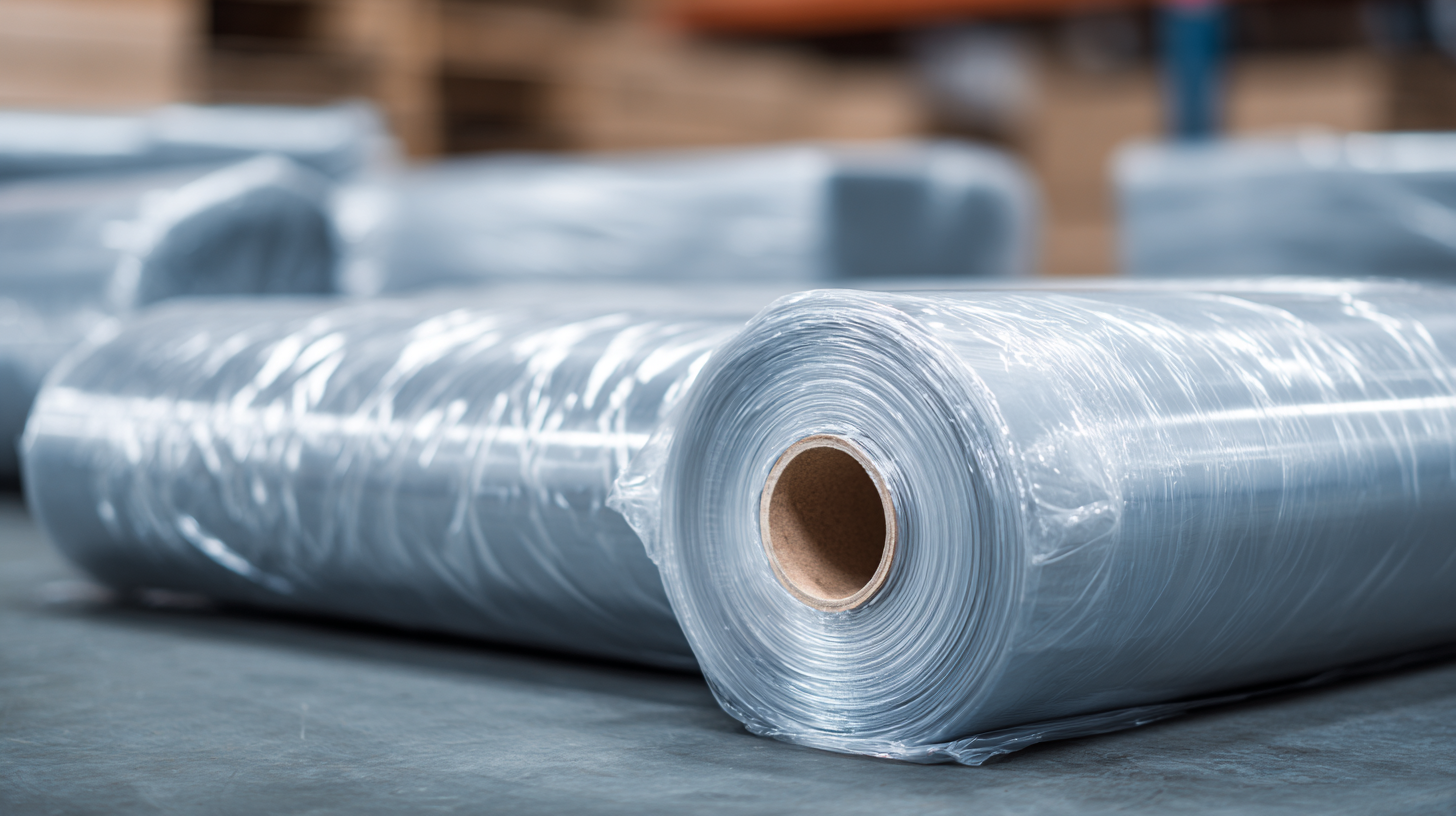
When selecting the right plastic wrapper for your packaging needs, it’s essential to consider the common applications of various plastic wrapper types. For instance, polyethylene (PE) film is widely used for bundling products and providing moisture protection due to its excellent barrier properties. It’s ideal for items such as food products, where freshness needs to be maintained, or in shipping applications where items need to be securely packaged together.
Another popular type is polypropylene (PP) film, which is known for its clarity and strength, making it perfect for retail packaging. This wrapper type enhances the visual appeal of the product while providing a durable seal. Applications include packaging for candies, baked goods, or delicate items like electronics, where both protection and presentation are crucial. Understanding the unique properties and applications of each plastic wrapper type can help businesses make informed decisions that optimize their packaging efficiency and appeal.
Choosing the right plastic wrap is essential for optimizing your packaging strategy, as it directly affects product freshness, shelf life, and overall presentation. According to a study by Smithers Pira, the global market for flexible plastic packaging is expected to reach $300 billion by 2024, driven by the demand for convenience and sustainability. This underscores the need for companies to be strategic in their choice of materials, especially in highly competitive markets.
**Tip 1:** Consider the thickness of the plastic wrap. A thicker film provides better puncture resistance and is ideal for heavier items, while thinner films may be sufficient for lighter products. The correct gauge not only enhances product safety but also optimizes material costs.
**Tip 2:** Evaluate the adhesive properties of the plastic wrap. Some wraps offer stronger adhesion for a more secure seal, crucial for preserving perishable goods. This factor can significantly influence the longevity of your products on the shelf.
Investing time in selecting the appropriate plastic wrap can greatly enhance your packaging strategy, ensuring your products stand out while remaining protected and fresh.
| Wrapper Type | Material | Key Features | Best Use Cases | Cost per Meter |
|---|---|---|---|---|
| Polyethylene Wrap | LDPE/HDPE | Moisture resistant, lightweight | Food packaging, general use | $0.05 |
| Cling Film | PVC | Stretchable, adheres without adhesive | Beverages, prepared foods | $0.08 |
| Shrink Wrap | Polyolefin | Tight fit after heat application | Products, bundles | $0.10 |
| BOPP Film | Biaxially Oriented Polypropylene | High clarity, moisture resistant | Retail packaging, gift wrapping | $0.12 |
| Recycled Wrap | Post-consumer waste | Eco-friendly, compliant | Sustainable packaging solutions | $0.09 |

